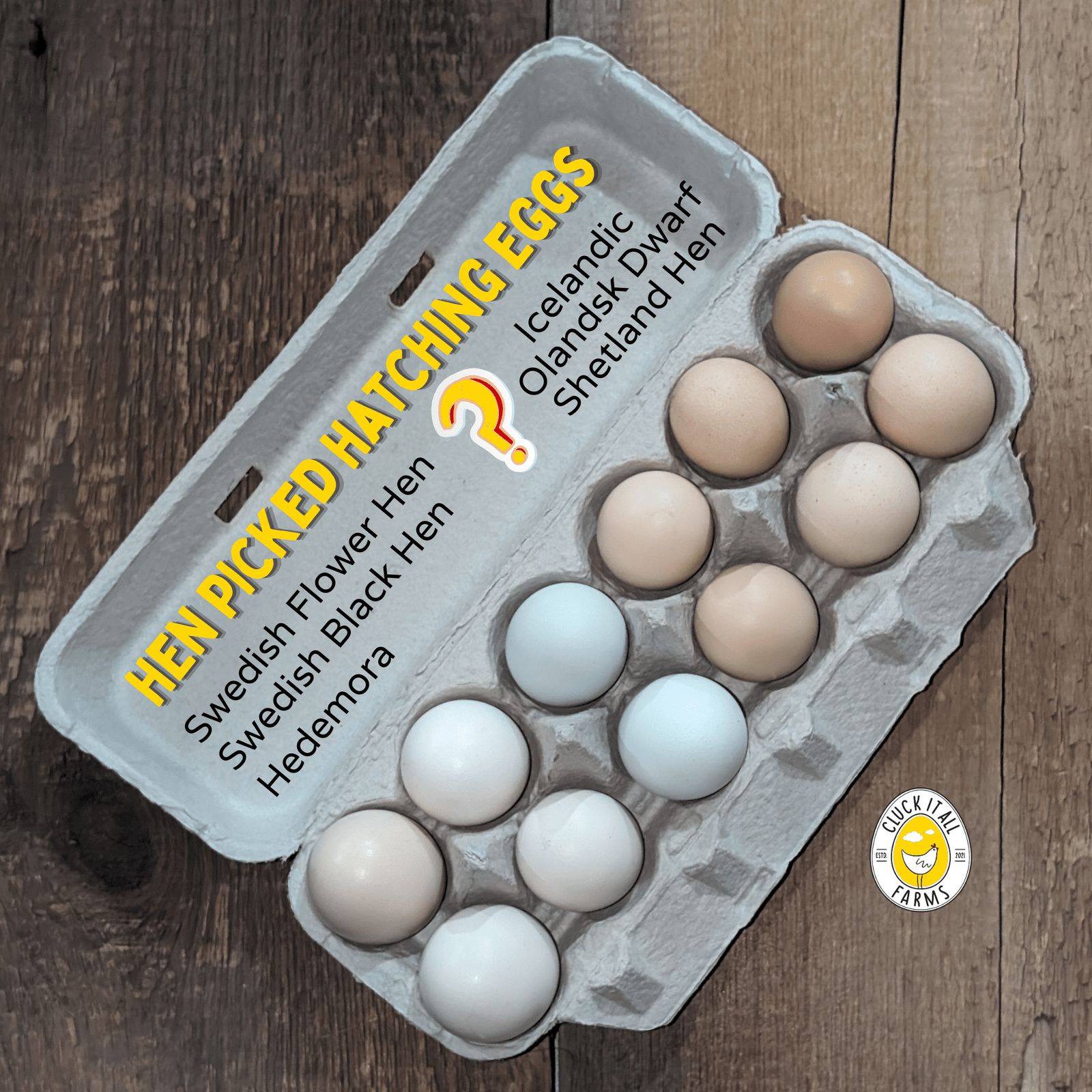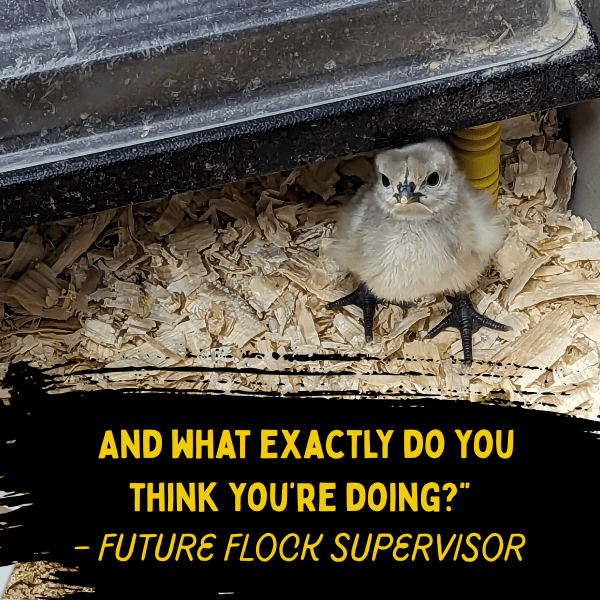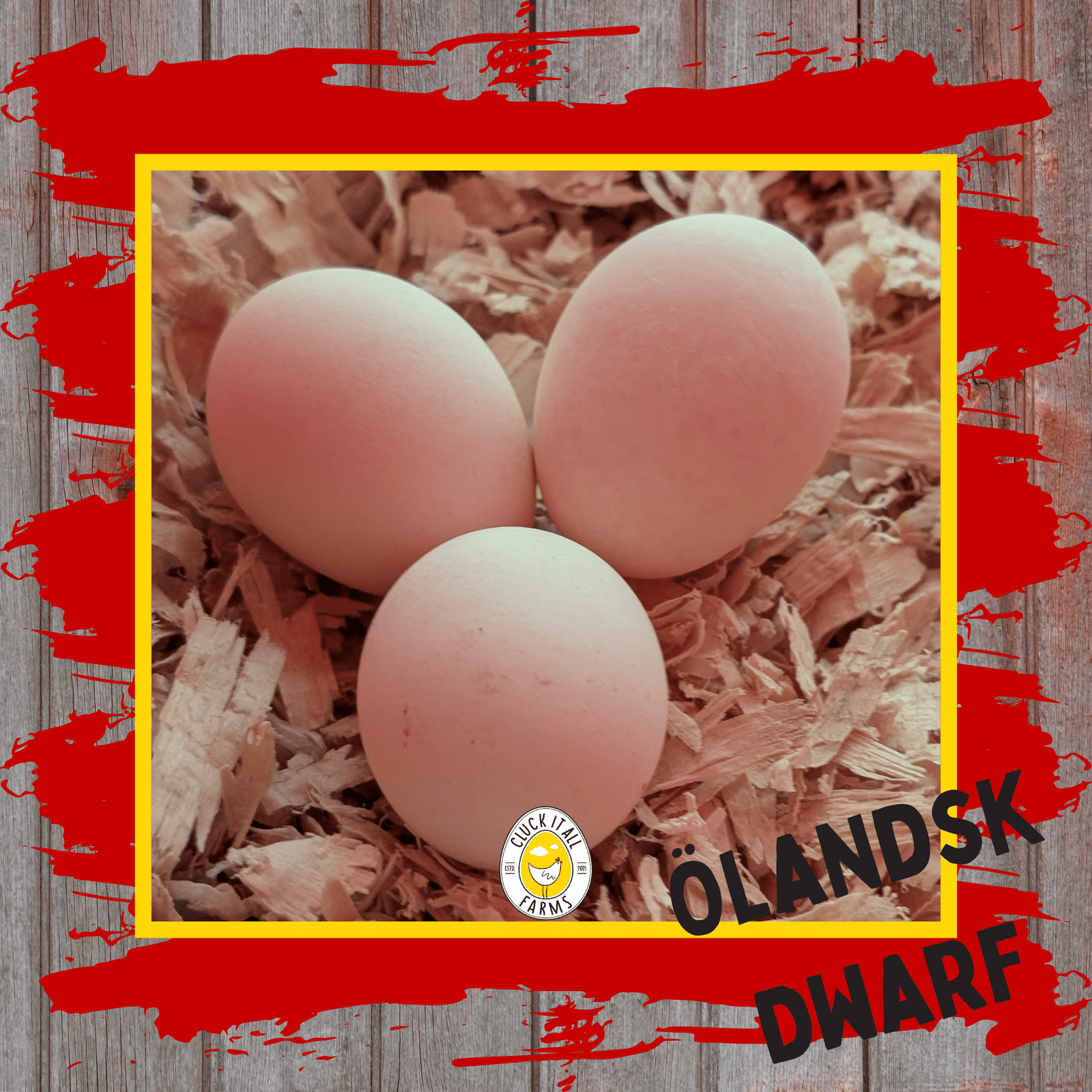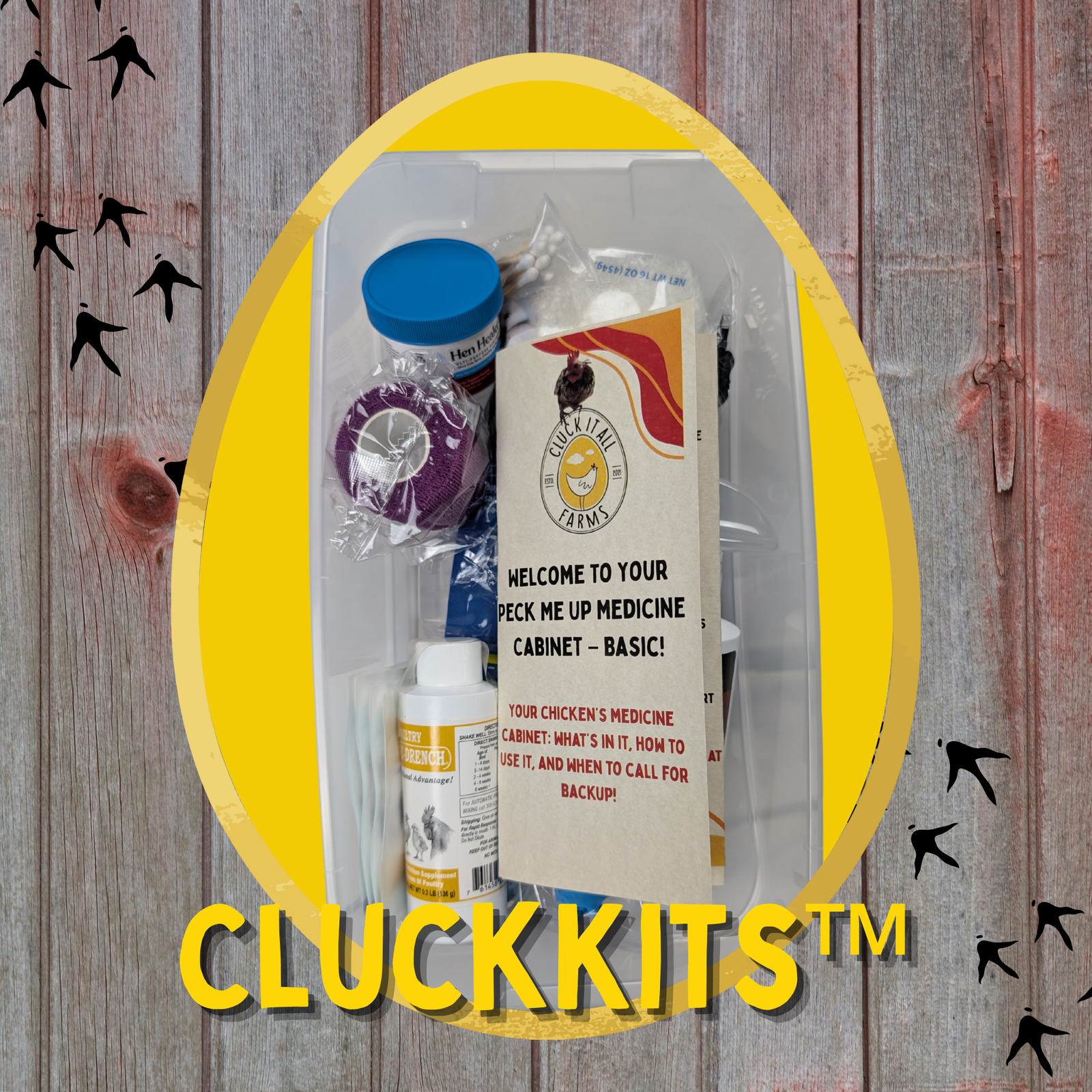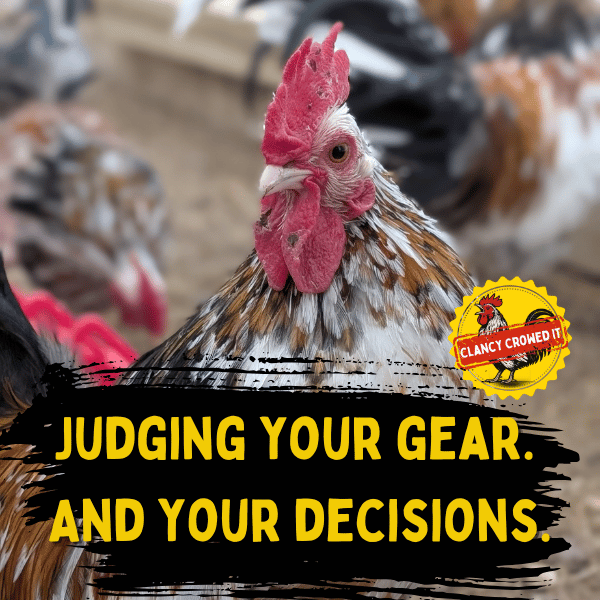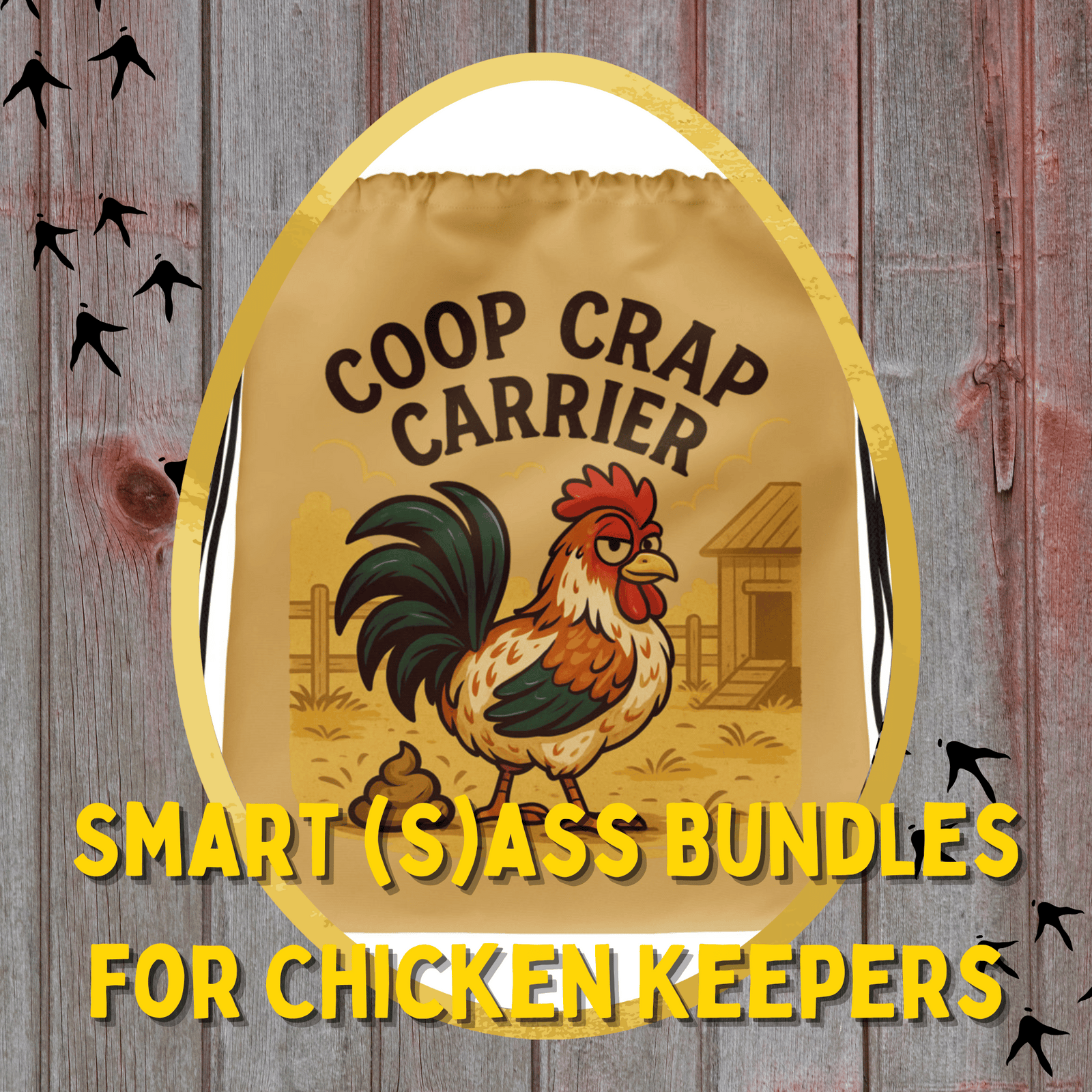So you splurged on some beautifully packed hatching eggs, set them in the incubator, crossed your fingers... and now you’re staring at a bunch of clear, empty eggs. No chicks. No action. Cue the frustration, right?
But before you hit the panic button—or start typing up that “what went wrong?!” email—let’s get real about what could be happening inside those shells.
Because here’s the dirty secret not enough folks say out loud:
🛑 A clear egg doesn’t always mean it was infertile.
Sometimes it was totally good-to-go... until the postal system turned it into a contestant on “Survivor: Fragile Edition.”
The Not-So-Glamorous Truth About Shipping Hatching Eggs
Even with the best packing in the business (and trust us, we pack eggs like they’re Fabergé and we’re paranoid), shipping is a wild ride for an embryo. Here’s what those poor eggs face out there:
-
🚛 Shake, rattle, and roll: Endless vibration and jostling in trucks, on conveyor belts, through the hands of people who don’t care nearly as much as you do.
-
❄️ Hot-and-cold flashbacks: Temperature swings in warehouses and delivery vans—because climate control is apparently a luxury.
-
🌀 Air cell drama: Detached or ruptured air cells just from a rough day on the road.
-
🧠 Microscopic mayhem: Internal trauma to the blastoderm—the literal “chick starter kit” inside every egg.
And here’s the kicker: if that blastoderm takes a hit, the show’s over before it begins. There’s no way to spot the damage after incubation starts. When you break open a clear egg and just see a regular yolk, it doesn’t mean the egg was a dud. It means life got derailed somewhere between our barn and your brooder.
Chick Science in Plain English: Meet the Blastoderm (a.k.a. Chick HQ)
The blastoderm is that tiny cluster of cells that gets the chick party started. But it’s sensitive. One rough ride, and that’s it—end of the road.
After you warm the egg in the incubator, you can’t see the blastoderm anymore. So if you crack open a clear egg later and just see a normal yolk, don’t assume it was “bad.” Sometimes, things go sideways before you even have a chance.

New to Hatching Shipped Eggs? Here’s How to Stack the Odds
Shipping is always a gamble, but you can give your eggs the best fighting chance. Whether this is your first batch or you’re a grizzled hatching veteran, here are the steps that separate the heartbreakers from the barnyard legends:
Step 1: The Unboxing—Don’t Hulk Out Yet!
Your precious cargo is here! Resist the urge to tear into that box like it’s Christmas morning. Start slow.
-
Inspect the package: Any crushed corners or mystery stains? Snap photos before you even open it—trust me, you’ll want them if you need to file a claim.
-
Egg check: After you’ve opened up, check every egg for cracks or wobbly air cells (yep, we’ll get to that). If the box looked perfect but an egg’s busted, reach out to your seller—they should have your back with a replacement or refund.
Step 2: Rest & Recover—Eggs Need a Timeout, Too
Imagine those eggs after their wild postal road trip. Let them catch their breath.
-
Sit tight: Stand eggs upright, pointy end down, for 12–24 hours at room temp before incubating. Air cells need time to settle after all that shaking.
-
Hands off the soap: DO NOT wash the eggs! That natural “bloom” is their suit of armor against germs.
-
Candle for damage: Use a strong flashlight and peek inside. Air cell floating or dancing? That’s a detachment.
Pro Tip:
Detached air cell? Keep the egg upright in an egg carton inside the incubator for the first 7 days. This helps that air sac find its chill.
Step 3: The Incubation Station—Now the Real Fun Begins
Eggs are rested. You’re (hopefully) rested. Let’s hatch some chicks:
-
Temperature: 99.5°F for forced-air incubators, 100°F for still air.
-
Humidity: 40–50% for days 1–18, then crank it up to 65–70% for the hatch finale.
-
Turning: For the first 7 days, DON’T turn shipped eggs—let those air cells finish healing from their cross-country trip.
Carton Method:
Skip laying eggs flat—leave them upright in the carton (lid off) in the incubator.
Turning in a carton: After day 7, gently tilt the whole carton from side to side a few times a day (think rocking a baby, not shaking a martini). Or, gently tilt each egg in place.
Using an Automatic Turner?
Pop eggs in right away, but leave it flat (no turning) for the first 7 days. Once air cells have settled, flip the switch and let the turner do its thing.
Clancy Crowed It:
“Patience hatches more chicks than panic. Give eggs time to recover from their road trip—your future flock will thank you.”
Step 4: Candling & Checking In—Time to Play Egg Detective
Candling isn’t just for showing off your flashlight skills—this is your best shot at figuring out what’s actually going on inside those shells.
-
🔦 Day 7: Shine that light and look for veins—if you see ‘em, congrats, your chick is in business!
-
🔦 Day 14: You should spot a big, shadowy chick taking up most of the egg. If it looks like it’s plotting a breakout, you’re on track.
-
🔦 Day 18: One last peek before lockdown. Toss any clears or questionable eggs—because trust us, nothing ruins hatch day like a rotten “stink bomb.”
Pro tip:
A clear egg doesn’t always mean it was a dud from the start. If the blastoderm took a hit in shipping, that egg never had a shot—no matter how perfect your setup was.
That’s not on you, and it’s not on your breeder. Once eggs leave the breeder’s hands, they’re at the mercy of the postal circus. Sometimes all you can do is cross your fingers, candle like a pro, and move on.

Step 5: Lockdown & Hatch Day—Cue the Dramatic Music!
You made it to day 18—this is the home stretch, aka “lockdown.” Here’s what happens now:
-
🚫 Stop turning: No more flips, rolls, or shuffles. Let the chicks get set for their big debut.
-
💧 Boost humidity: Crank it up to 65–70%. Humidity helps those chicks break free without getting stuck.
-
👀 Hands off! As soon as you see pipping (that first tiny hole), step away from the incubator. No peeking, no opening the lid—tempting as it is. You’ll only mess with the humidity and risk shrink-wrapping your chicks.
First comes pipping (the chick pokes a hole), then zipping (the chick cracks all the way around like it’s busting out of an escape room). The whole process can take up to 24 hours—so resist the urge to intervene every ten minutes. Patience is your superpower.
After the action’s over, leave chicks in the incubator until they’re fluffy and dry before moving them to the brooder. Fluffy chicks = ready for their next adventure.

❓ Frequently Asked Questions
Q: Is it normal for shipped eggs not to hatch?
A: Sadly, yes. Even fertile, perfectly good eggs can crash and burn thanks to the postal rodeo. It’s not you—it’s just the gamble of shipping. Keep your expectations realistic and don’t judge your skills by one batch.
Q: Can I tell if an egg was fertile after it’s been in the incubator?
A: Honestly? Not really. Once an egg’s been warmed up, the blastoderm is impossible to spot if nothing developed. If you can’t tell, you’re in good company—nobody can.
Q: Should I try again if my first hatch flopped?
A: Absolutely! Every hatch is a new shot at glory. Learn what you can, tweak your setup, and don’t hesitate to hit us up—we troubleshoot for sport.
If you’re stuck or need a pep talk, send us a message. We love helping fellow hatchers troubleshoot (and vent).
🐥 Final Cluckin’ Thoughts
Hatching shipped eggs is a wild ride—equal parts science, patience, heartbreak, and high-fives. You’ll get moments that make you fist-pump and moments that make you want to swear off chickens forever. But if you show up prepared, roll with the chaos, and keep learning? You’re already crushing it.
Bottom line:
Cluck It All Farms is here for the wins, the fails, and every scrambled egg in between. Whether you end up with a brooder full of chicks or just a handful of good stories, you’re part of the flock.
Clancy Crowed It:
“Hatching shipped eggs isn’t for the faint of heart—or the control freaks. Sometimes you win, sometimes you get schooled. Either way, welcome to the flock.”


